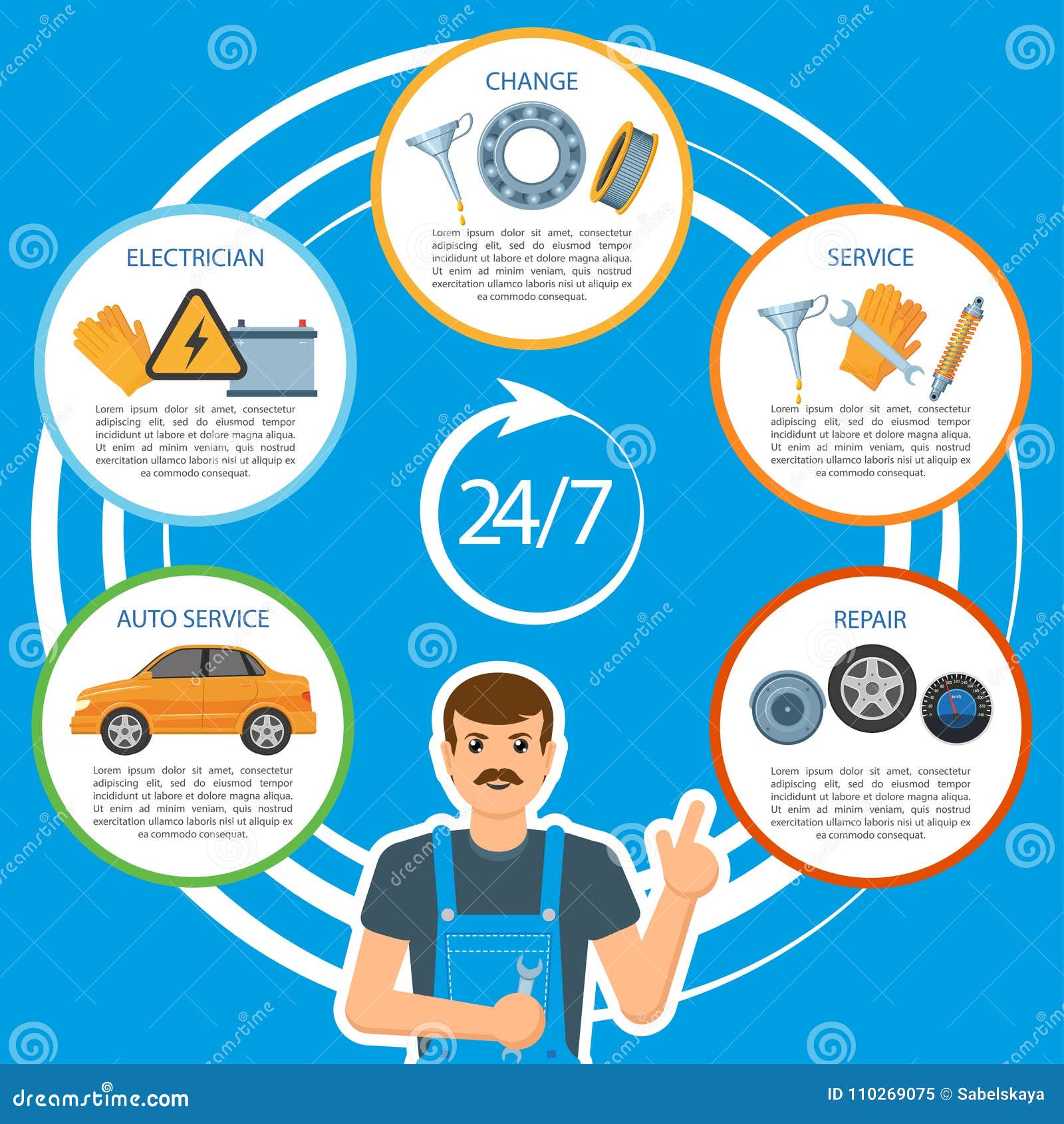Recognizing Your Automobile'S Caution Lights: What Do They Truly Mean?
Recognizing Your Automobile'S Caution Lights: What Do They Truly Mean?
Blog Article
Write-Up Composed By-Faulkner Gilbert
When you're behind the wheel, those radiant caution lights on your control panel can be a bit bewildering. Do you understand what they're trying to inform you about your vehicle's health? Understanding More Information and facts of these lights is vital for your safety and the longevity of your car. So, the next time among those lights turns up, wouldn't you want to analyze its message precisely and take the necessary actions to address it?
Common Caution Lighting and Interpretations
Determine usual caution lights in your automobile and comprehend their definitions to ensure safe driving.
The most regular caution lights consist of the check engine light, which signifies problems with the engine or discharges system. If this light comes on, it's essential to have your automobile examined without delay.
The oil pressure advising light shows reduced oil pressure, calling for instant interest to avoid engine damages.
A flashing battery light could recommend a damaged charging system, possibly leaving you stranded otherwise addressed.
The tire pressure surveillance system (TPMS) light informs you to low tire stress, influencing automobile stability and fuel effectiveness. Ignoring car seat cleaning service near me might result in hazardous driving problems.
The abdominal muscle light suggests a problem with the anti-lock braking system, compromising your ability to quit quickly in emergencies.
Last but not least, the coolant temperature warning light warns of engine getting too hot, which can lead to extreme damages otherwise solved promptly.
Comprehending these common warning lights will aid you resolve issues promptly and preserve secure driving problems.
Importance of Prompt Focus
Comprehending the usual warning lights in your cars and truck is only the primary step; the relevance of quickly addressing these warnings can not be highlighted enough to ensure your security when traveling.
When a caution light illuminates on your dashboard, it's your automobile's way of connecting a possible concern that needs interest. Overlooking these cautions can result in more extreme problems in the future, jeopardizing your safety and potentially costing you a lot more in repairs.
Trigger focus to advising lights can prevent breakdowns and crashes. For example, a flashing check engine light could suggest a misfire that, if left unattended, could cause damage to the catalytic converter. Addressing this quickly can conserve you from a costly repair work.
Similarly, a brake system warning light could indicate reduced brake liquid or worn brake pads, essential elements for your security when driving.
Do It Yourself Troubleshooting Tips
If you notice a warning light on your control panel, there are a few DIY repairing pointers you can try prior to seeking professional aid.
The first step is to consult your car's guidebook to recognize what the particular caution light indicates. Often the concern can be as basic as a loosened gas cap causing the check engine light. Tightening click this link now may solve the problem.
An additional typical issue is a low battery, which can set off various cautioning lights. Examining the battery links for deterioration and guaranteeing they're safe might take care of the problem.
If a caution light continues, you can attempt resetting it by detaching the auto's battery for a couple of minutes and afterwards reconnecting it. Additionally, examining your car's liquid levels, such as oil, coolant, and brake liquid, can assist repair alerting lights connected to these systems.
Conclusion
Finally, comprehending your car's warning lights is crucial for maintaining your vehicle running efficiently and securely. By immediately resolving these alerts and knowing what they suggest, you can stay clear of costly repairs and prospective failures.
Remember to consult your auto's manual for specific details on each cautioning light and take action appropriately to make sure a hassle-free driving experience.
Keep informed, stay secure on the road!
